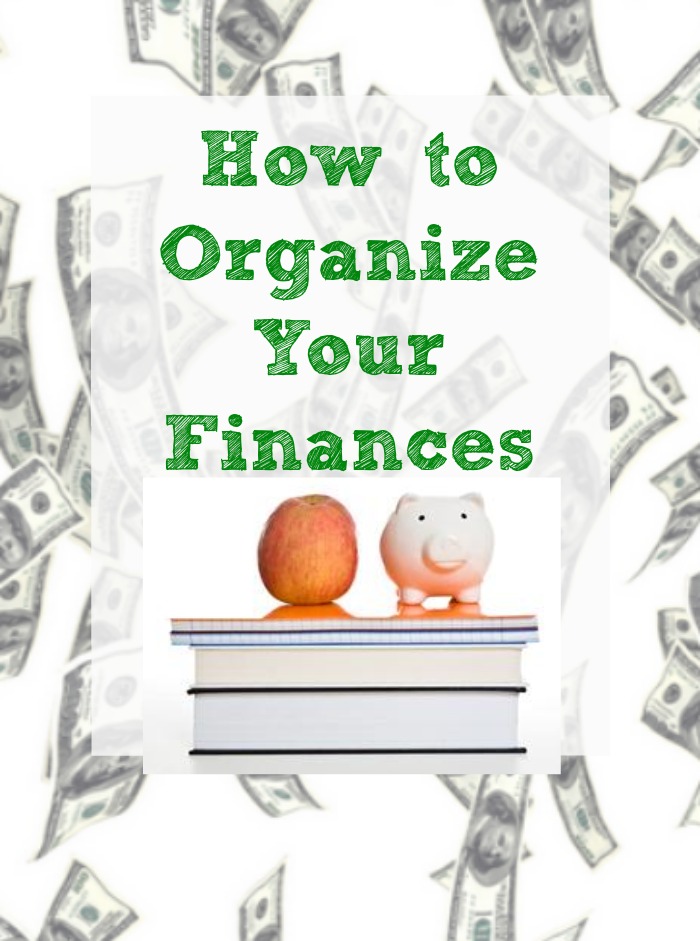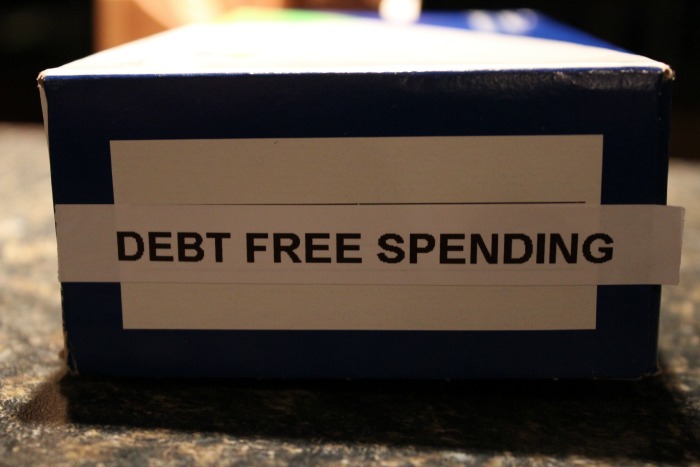 Organizing your finances involves many facets, such as balancing your checkbook and your bank accounts, and living on a budget. We have already developed some fabulous FREE printables to help you organize your finances!
Organizing your finances involves many facets, such as balancing your checkbook and your bank accounts, and living on a budget. We have already developed some fabulous FREE printables to help you organize your finances!
1. Get a System
The first step to organizing your finances is to have a filing system in place with hanging folders for your bank statements, monthly bills, credit card statements, and receipts. Once you have all your files organized and statements put in correct folders, you are ready to start working on your budget.
If you are going to use an envelope system,
Check out these FREE printable Cash Envelopes!
You will also need to start using a checkbook ledger if you don’t use one already. These can be obtained from your bank/credit union. You can also download a printable checkbook ledger as well. On your ledger you will keep track of the balance in your checking account, plus you will subtract any amounts you have paid out. As long as you keep track of you bank accounts on a weekly basis, by reconciling your online statement to your checkbook ledger, you should steer clear of any overdrafts or major issues. The next four posts/freebies will outline next steps for getting your finances in order! Also, read the rest of the post for other physical organizing tips!
Check out our FREE resources:
Monthly Budgeting Plan Printable
Debt Free Spending’s Financial Freedom Plan FREE Printable
2. Track Your Spending
You can also use other resources like Quicken to track your finances. It is very important to track every penny you spend, so if you can use a system like Quicken, it will definitely help you see “where your money is going.” Looking back over a few months will help you see if you are spending in excess in a certain area. If you don’t track your spending, you won’t know where your money is going.
Also, Credit Sesame is a fabulous FREE Online Tool to keep track of your credit for FREE!!
3. Label, Label, Label
As you can see, our checks come in a box, and since we have personal and business checks, I label all checkbook boxes so I know the account to which they belong. This saves me SO MUCH time, because before I labeled them, I was always rummaging through trying to find the right checks. I also write the dates and check numbers included in each checkbook ledger once I’m done using it. this helps me find old transactions when I have a question about bills or need them for taxes.
Also, make sure you hanging files are labeled and all manilla files are labeled. Putting labels on all your files will help find documents quickly. You can also scan all of you financial documents if you don’t want to have to keep track of a ton of paperwork. Someday my goal is to have this NeatDesk Desktop Scanner and Digital Filing System (but my frugal side just won’t let me buy it!).
4. Keep It Simple, But Keep Up!
As always, do what works best for you but still helps you realistically organize and track your finances! However, there is no way around the fact that you must maintain your records on a regular basis, or your finances will fall back into disarray and clutter. Like Dori says in Finding Nemo, “Just keep swimming, just keep swimming, just keep swimming!”


Hey there! I just wanted to say thanks for the blog posts & videos you have been putting out. I’m new to actually trying to make & stick to a budget. I didn’t see it above, but I’ve been using Dave Ramsey’s “Every Dollar” free budget tool online & the free companion app. They’re working pretty well so far. 🙂 Thanks again.
Hi Grace!
That is awesome! I have listened and used some of Dave’s products and resources too! I have mainly used Crown Financial as my go to for the last 20 years, even before Larry Burkett passed away. We will have to include that on the list!! Thanks for sharing!